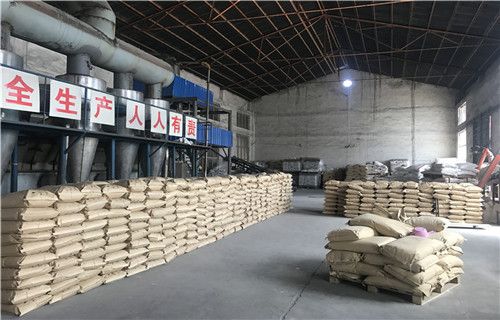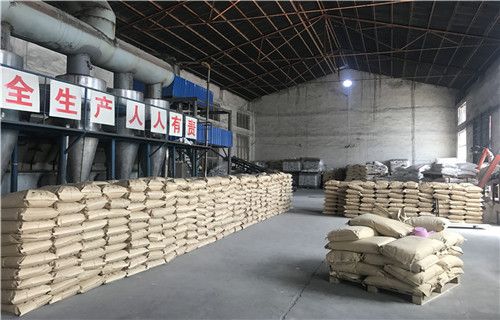
FOB Price
Obtenir le dernier prix( Negotiable )
|Minimum Order
Localit�:
-
Prix de commande minimale:
-
Commande minimale:
100 Dram
Packaging Detail:
100g, 1kg Alumium Foil Bag/Bottle
Delivery Time:
3-5 day(it is in store)
Supplying Ability:
100 Kilogram per Month
Payment Type:
PayPal, Western Union, L/C, T/T
Personne à contacter Matthew
Weifang, Shandong
 Effect
condition
Under
normal circumstances, the use of polyacrylamide will increase the
amount of flocculation, but the effect will be lower when it is
used too much, and it will become a stable colloid. Followed by
flocculation time: the combination of organic flocculant and
inorganic flocculant, the biggest feature is that the largest
particle floc can be obtained, and the oil droplets can be
agglomerated or adsorbed out. The speed is too slow and the time is
too short. The flocculant can not be in full contact with the solid
particles, which is not conducive to the flocculant trapping the
colloidal particles; and the concentration distribution of the
flocculant is not uniform, which is not conducive to the role of
the flocculant. The effect of polyacrylamide is also related to the
water temperature: the reaction rate is too slow at low water
temperature, the hydrolysis time increases, affecting the amount of
water treated, and the excessively high viscosity of the flocculant
will also make the floc fine. At high water temperatures, the
reaction rate is too fast and fine flocs are
formed.
Description of the amount of
polyacrylamide used
Effect
condition
Under
normal circumstances, the use of polyacrylamide will increase the
amount of flocculation, but the effect will be lower when it is
used too much, and it will become a stable colloid. Followed by
flocculation time: the combination of organic flocculant and
inorganic flocculant, the biggest feature is that the largest
particle floc can be obtained, and the oil droplets can be
agglomerated or adsorbed out. The speed is too slow and the time is
too short. The flocculant can not be in full contact with the solid
particles, which is not conducive to the flocculant trapping the
colloidal particles; and the concentration distribution of the
flocculant is not uniform, which is not conducive to the role of
the flocculant. The effect of polyacrylamide is also related to the
water temperature: the reaction rate is too slow at low water
temperature, the hydrolysis time increases, affecting the amount of
water treated, and the excessively high viscosity of the flocculant
will also make the floc fine. At high water temperatures, the
reaction rate is too fast and fine flocs are
formed.
Description of the amount of
polyacrylamide used


